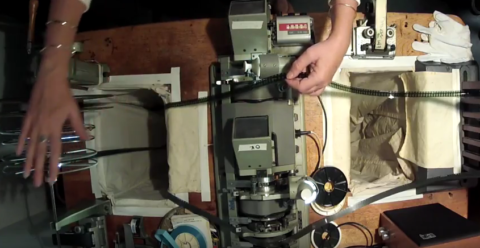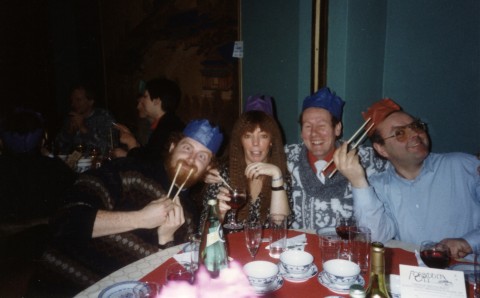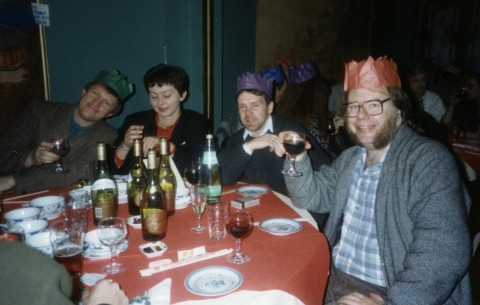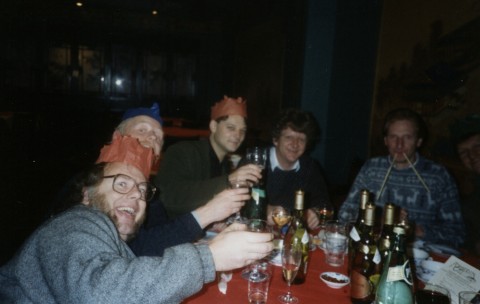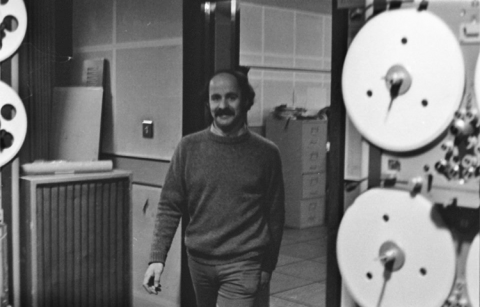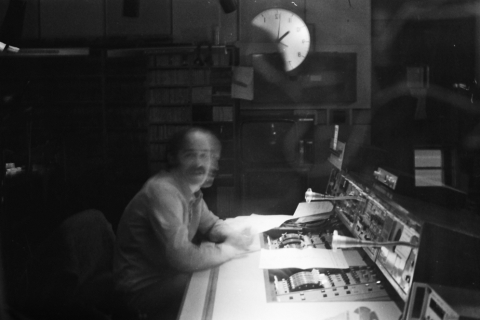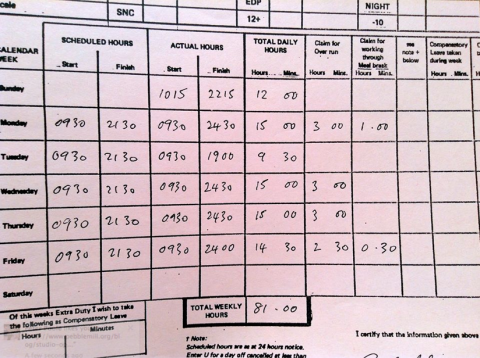
Charles White’s timesheet
Copyright resides with the original holder, no reproduction without permission.
This timesheet is from Charles White, who was involved in the post-production of the documentary series: Reaching for the Skies, a history of flight. The twelve part series was transmitted in Sept-Nov 1988. It was a co-production with John Gau Productions, the series producer was Ivan Rendall, with different episodes being produced and directed by different people, including Tony Salmon and Dennis Adams. The editors included Greg Miller and Mike Duxbury.
The timesheet shows an over 80 hour week for Charles, meaning that he would have accrued an awful lot of overtime payments, or time off in lieu!
The following comments were left on the Pebble Mill Facebook Page:
Jane Green: ‘I have my Clothes Show and Howards’ Way timesheets. 20 hours days filming – no joke!’
Ruth Barretto: ‘I can remember the days when I used to process all of productions timesheets and Expenses. 4 consecutive days in excess of 12 hours and on the 5th day 4 hours then you earn a day off in lieu…. Oh so sad that i still remember that!!!’
Lynn Cullimore: ‘I can imagine the hours as it was a big production. I worked on it for a few days filming at RAF Coningsby on tornadoes. It was fantastic.’
Victoria Trow: ‘Long hours? Over 100 one week on the dreaded Witchcraft. But nobody ever minded over time – time and a half + less than 10hr break….. Those were the days. My first job at Pebble Mill – in a portakabin with Fiona Haigh syncing up the rushes.’
Mark Heslop: ‘108 hrs on same series, unfortunately no proof, but everybody worked stupid hours on that programme.’
Rosalind Gower: ‘I’m still rather horrified he was scheduled a 60 hour week! I know we all worked crazy hours when we had to but it does seem very wrong that he was officially down to work for five consecutive days of 12 hours per day, big production or not.’
